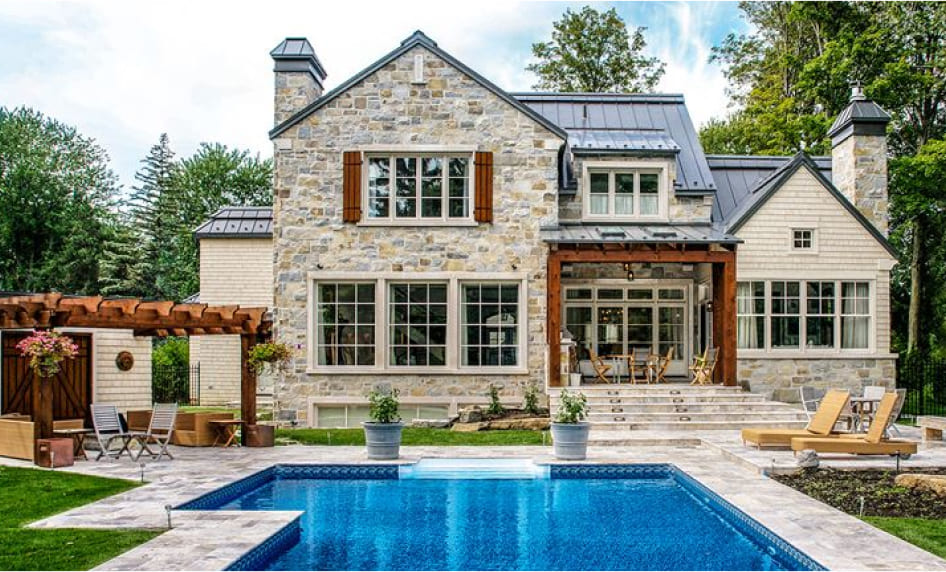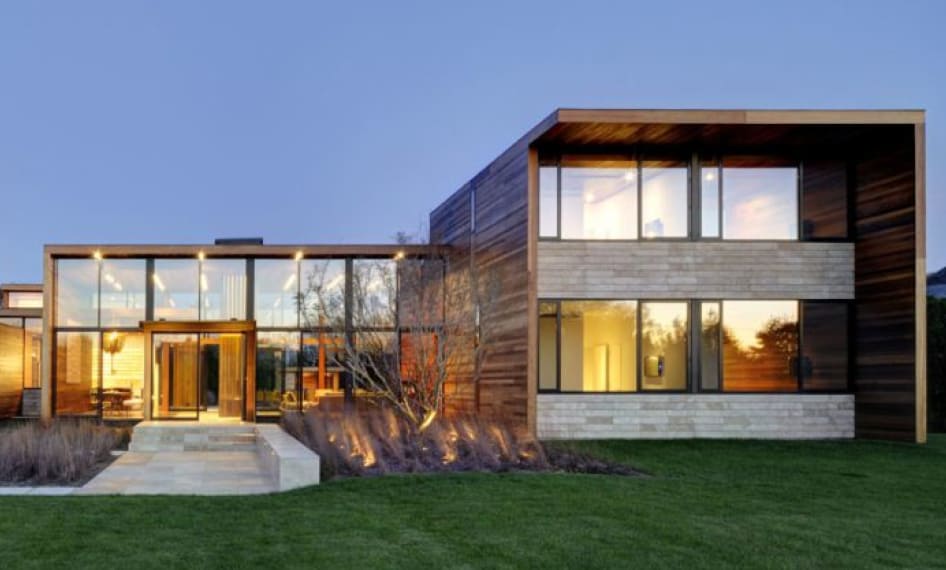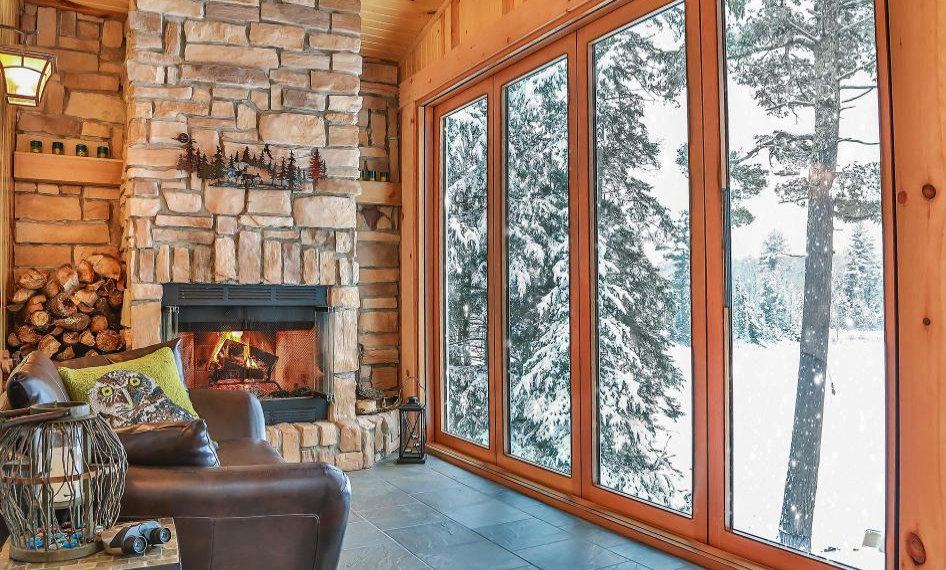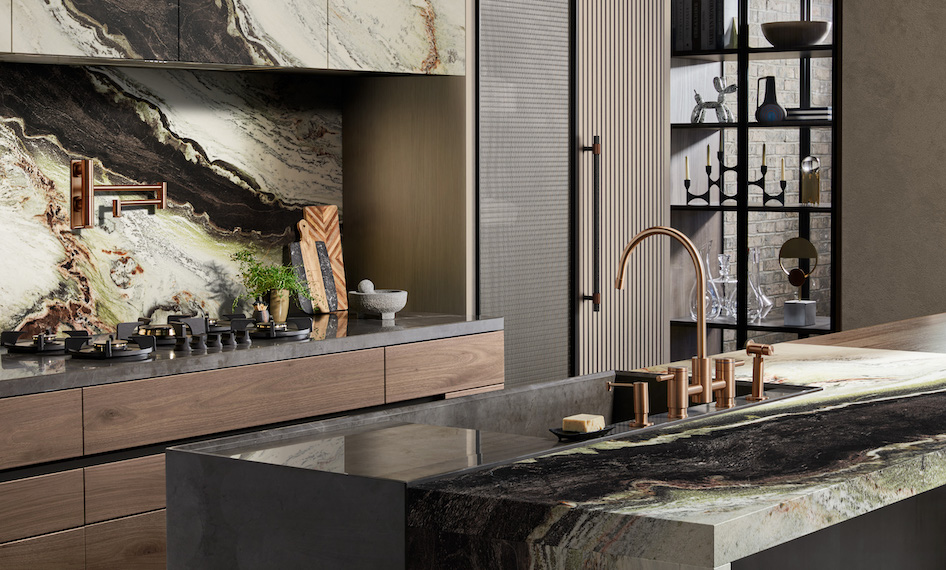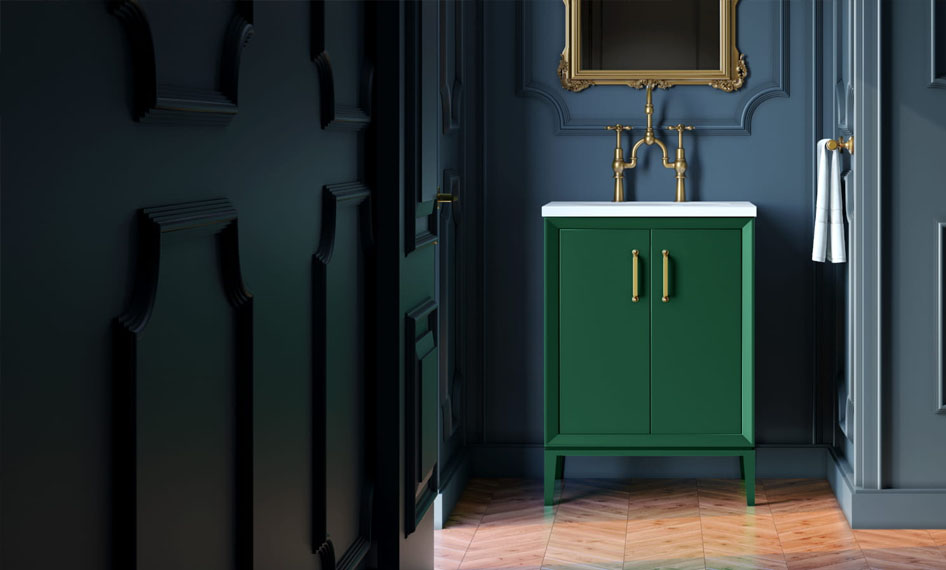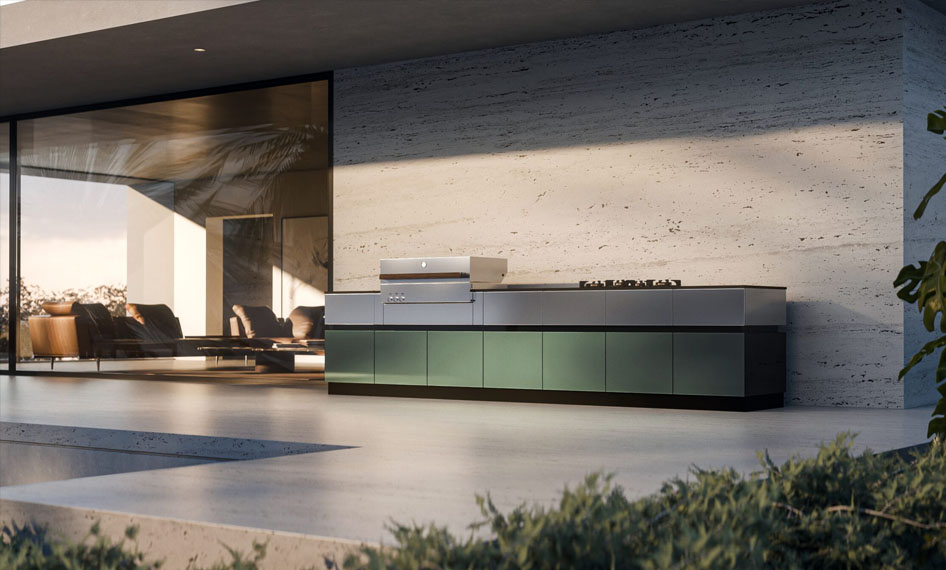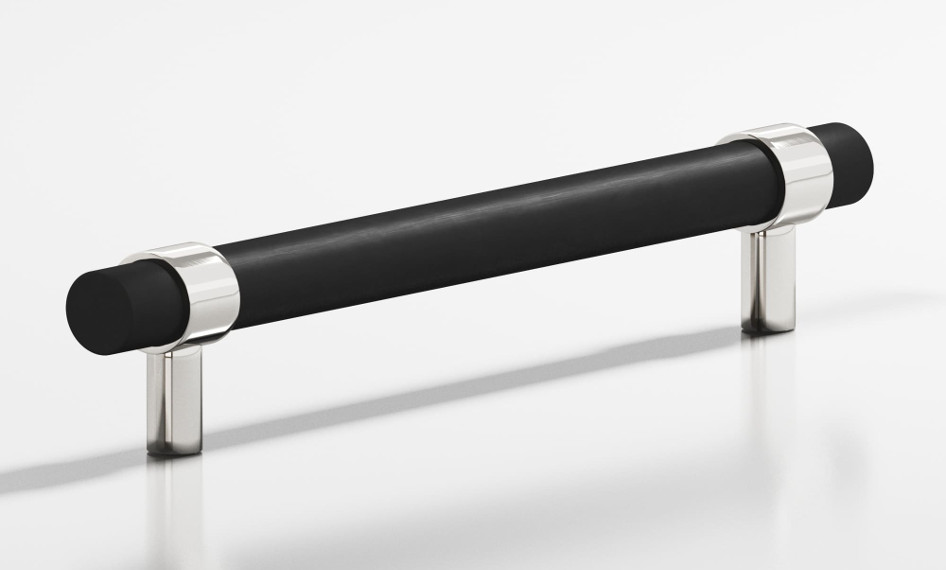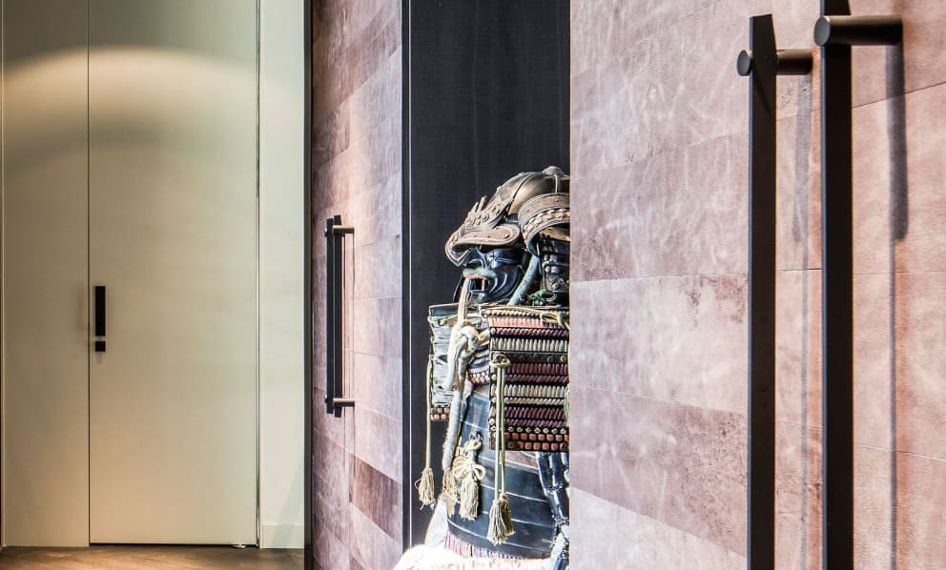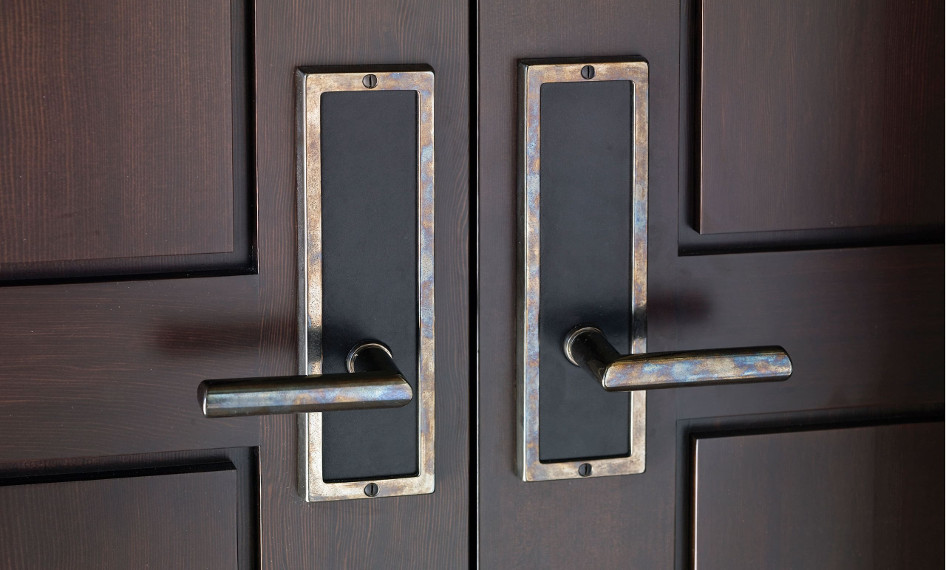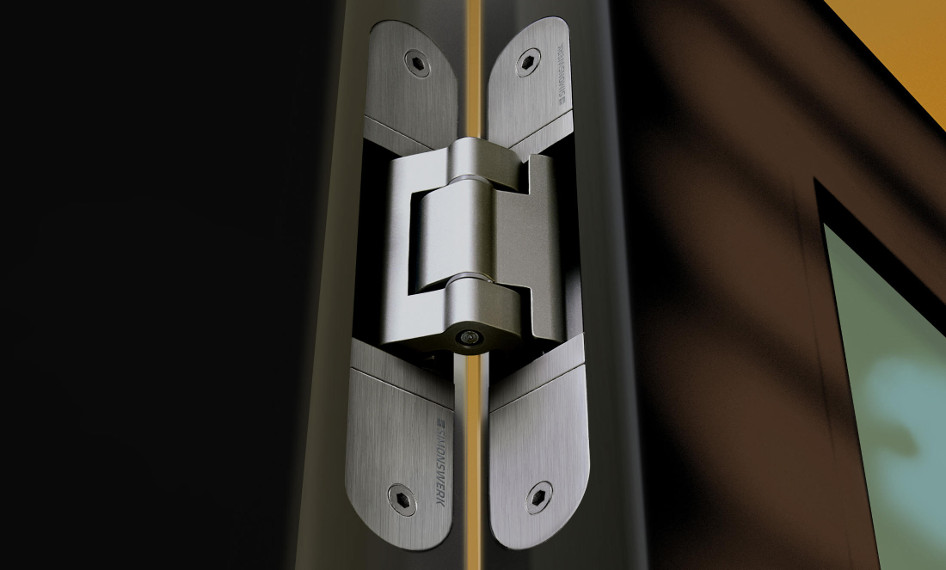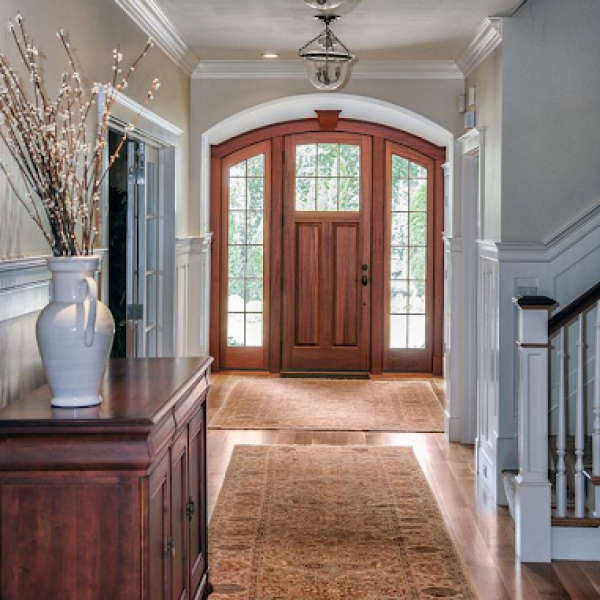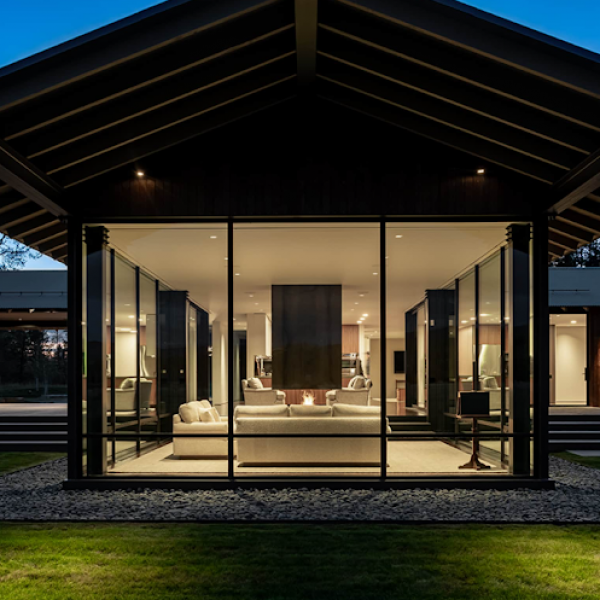
Lepage Millwork: Mastering Craftsmanship Through Wood Bending
For decades, Lepage Millwork has been a leader in the manufacturing of custom wood windows and doors. The Canadian-based company has become synonymous for its architectural craftsmanship, earning a reputation for its meticulous attention to detail and a distinctive process that sets it apart — wood bending.
Understanding the intricacies of wood bending and why the process continues to stand as a stunning architectural element in door and window framing is the essence of Lepage Millwork and its manufacturing brilliance.
Lepage: A legacy of craftsmanship
The beginnings
Founded on a passion for woodworking, Lepage has evolved from a humble beginning into a powerhouse of craftsmanship. Established in 1947, the company has remained dedicated to the timeless art of creating custom wood windows and doors that bear the hallmark of unparalleled quality.
Commitment to excellence
At the core of Lepage Millwork’s ethos is an unwavering commitment to excellence. Each product is not merely a utilitarian fixture; it is a testament to the fusion of traditional woodworking skills and contemporary design. This commitment is visible in every aspect of their creations, from the selection of premium materials to the intricate detailing of wood casings and framing.

Collaborative approach
Lepage’s success is not only attributed to its skilled artisans but also to its collaborative approach. The company actively engages with architects, builders, and homeowners to understand their unique visions and translate those visions into tangible and aesthetically pleasing realities.
Wood Bending: The artistry unveiled
Understanding the process
Wood bending is an age-old technique that involves manipulating wood to achieve curves and arches, adding a touch of elegance and sophistication to architectural elements like doors and windows. Lepage craftsmen have elevated this ancient craft to new levels, making it a central feature in many of the company’s designs.
Materials selection
The process begins with the careful selection of the wood. Lepage prides itself on using premium wood products that are chosen for durability, grain patterns, and overall appeal. This selection process is critical because it is a central focus of every design.

Steam bending
The heart of wood bending lies in steam bending, a process that coaxes wood into taking on complex and graceful shapes. Wood, when subjected to steam, becomes pliable, allowing the skilled craftsmen at Lepage to mold it into the desired forms without compromising the overall structural integrity of the material.
Precision and skill
Wood bending is an art that demands precision and skill. The craftsmen at Lepage possess a thorough understanding of the characteristics of different wood species, ensuring that the bending process is executed with finesse. Each piece undergoes a meticulous shaping process, transforming a rigid material into a fluid, gracefully curved architectural element.
Durability and structural integrity
One might question the durability of wood subjected to such bending processes. However, Lepage’s mastery lies not only in the design outcome but also in making sure that the structural integrity and longevity of the wood are maintained. The combination of steam bending expertise and high-quality wood results in products that are both visually stunning and enduring.
Wood bending as an architectural marvel
Aesthetic elegance
The beauty of wood bending lies in its ability to impart a sense of organic, flowing elegance to architectural elements. Unlike straight lines and sharp angles, curved and arched forms soften the visual impact, creating a sense of harmony with the surrounding space. This elegance is especially pronounced in door and window framing, where the interplay of light and shadow accentuates the curves, turning each piece into a work of art.
Versatility in design
Wood bending offers unparalleled design versatility. It opens up a realm of possibilities for the creation of unique and bespoke architectural elements. Whether it’s a gracefully arched door frame or a window with a subtle curve, the flexibility of wood bending allows for the realization of diverse design visions, making each creation one-of-a-kind.

Historical significance
While Lepage embraces modern design sensibilities, the use of wood bending also pays homage to historical architectural traditions. Arched doorways and windows have been a hallmark of various architectural styles throughout history, from Gothic cathedrals to classical Roman structures. Incorporating wood bending into contemporary designs seamlessly bridges the gap between the past and the present.
Natural integration with surroundings
Wood, as a material, possesses an inherent warmth and organic quality. When shaped through wood bending, it not only enhances its visual appeal but also integrates seamlessly with all natural surroundings. This natural integration is particularly noteworthy in residential spaces where the juxtaposition of wood bending against natural elements creates a harmonious and inviting atmosphere.
Elevating interior spaces
Beyond the external façade, wood bending plays a pivotal role in interior design. Arched doorways and windows become focal points, adding a touch of sophistication to living spaces. The interplay of light and shadow, coupled with the unique contours that are created transforms interiors into dynamic and visually engaging environments.
If you’re interested in turning your home into an architectural masterpiece, call one of our design specialists at Northeast Architectural at (914) 630-7849 to schedule a consultation. Lepage windows and doors will stand the test of time and be a stunning addition to a home renovation or a new home build. If you prefer to schedule a consultation online, click here to get the process started.

